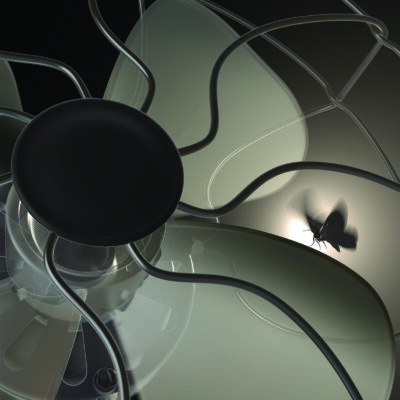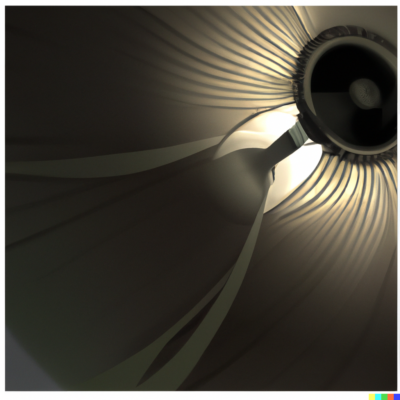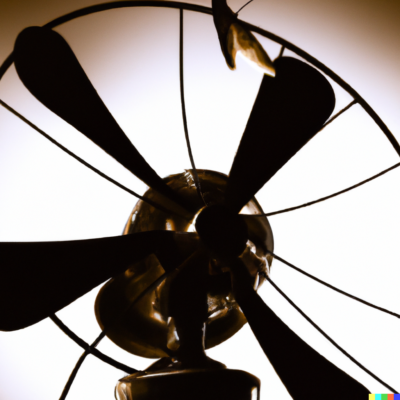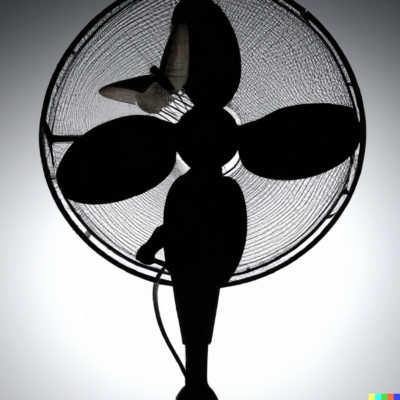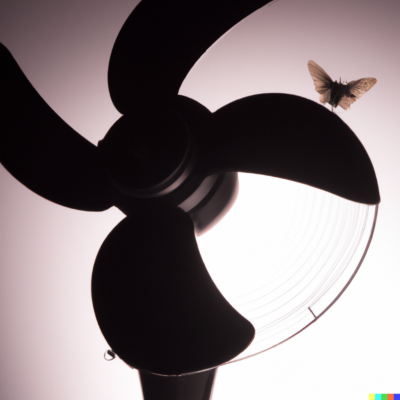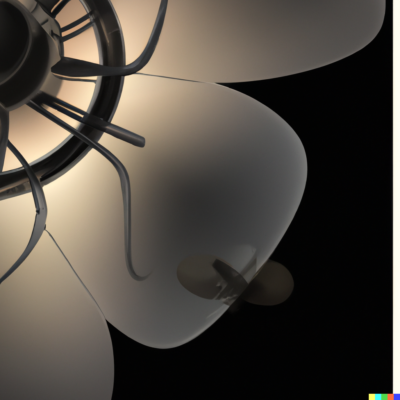Exploring the Intersection of Human Creativity and AI in Digital Art
The emergence of AI-generated imagery has sparked, for me, a fascinating dialogue about human creativity and machine “intelligence” (I prefer the terms “expert systems” or “machine learning systems”).
This exploration delves into an experiment where AI programs were tasked with recreating digital versions of my original artworks. By inputting detailed prompts that describe my pieces, and in some cases uploading the artworks themselves as stylistic controls, I aimed to understand how AI interprets and reimagines my work. This exploration was not intended to pass value judgments on AI technology but to investigate its capabilities and limitations in replicating human creativity.
Human-Created vs. AI-Generated Art
My original artworks, which are physical manifestations of personal expression and technique, served as the basis for this experiment. My pieces represent a blend of traditional artistry and modern digital tools. In contrast, the AI-generated versions were created purely from algorithms interpreting textual prompts or analyzing the visual elements of my work.
Pros of AI in Digital Art
Innovative Interpretations: The AI often produced surprising and innovative interpretations of my prompts, offering a fresh perspective on my original concepts.
Style Adaptation: The use of an uploaded image as a style guide in some AI tools resulted in artworks that closely mirrored my unique style, showcasing the AI’s ability to adapt and learn from existing art.
Efficiency: AI can produce art at a remarkable speed, allowing for rapid experimentation with styles, colors, and compositions, which is particularly beneficial for conceptualizing and prototyping.
Accessibility: This technology democratizes art creation, enabling individuals without formal art training to produce visually compelling pieces.
Cons of AI in Digital Art
Lack of Emotional Depth: Although some of the above examples are quite good, AI often lacks the intrinsic emotional and personal elements that human artists imbue in their work, potentially leading to art that feels less “alive” or emotionally resonant.
Over-Reliance on Technology: There’s a potential risk that over-reliance on AI might stifle the development of traditional artistic skills and techniques.
Authenticity and Originality: While AI-generated art can be striking, questions arise about the authenticity and originality of pieces created with heavy AI involvement, especially when stylistic elements are derived from the works of other artists.
Stylistic Controls through Image Uploads
Some AI programs offer the ability to upload an image as a stylistic guide. This feature has its own set of implications:
Pro: It allows the AI to closely mimic the style and technique of the uploaded artwork, creating pieces that are visually coherent with the artist’s existing portfolio.
Con: However, this can lead to issues around artistic authenticity and originality. It blurs the line between inspiration and replication, and could potentially undermine the value of original art.
Conclusion
This investigation is not about valuing one form of art over the other. Instead, it’s a fascinating study into how AI can both emulate and diverge from human artistic processes. The results highlight the incredible potential of AI in expanding the boundaries of digital art, while also underscoring the irreplaceable value of human touch in creative expression. As we continue to integrate AI into the art world, it’s crucial to maintain a dialogue about the ethical and creative implications of this powerful tool.

